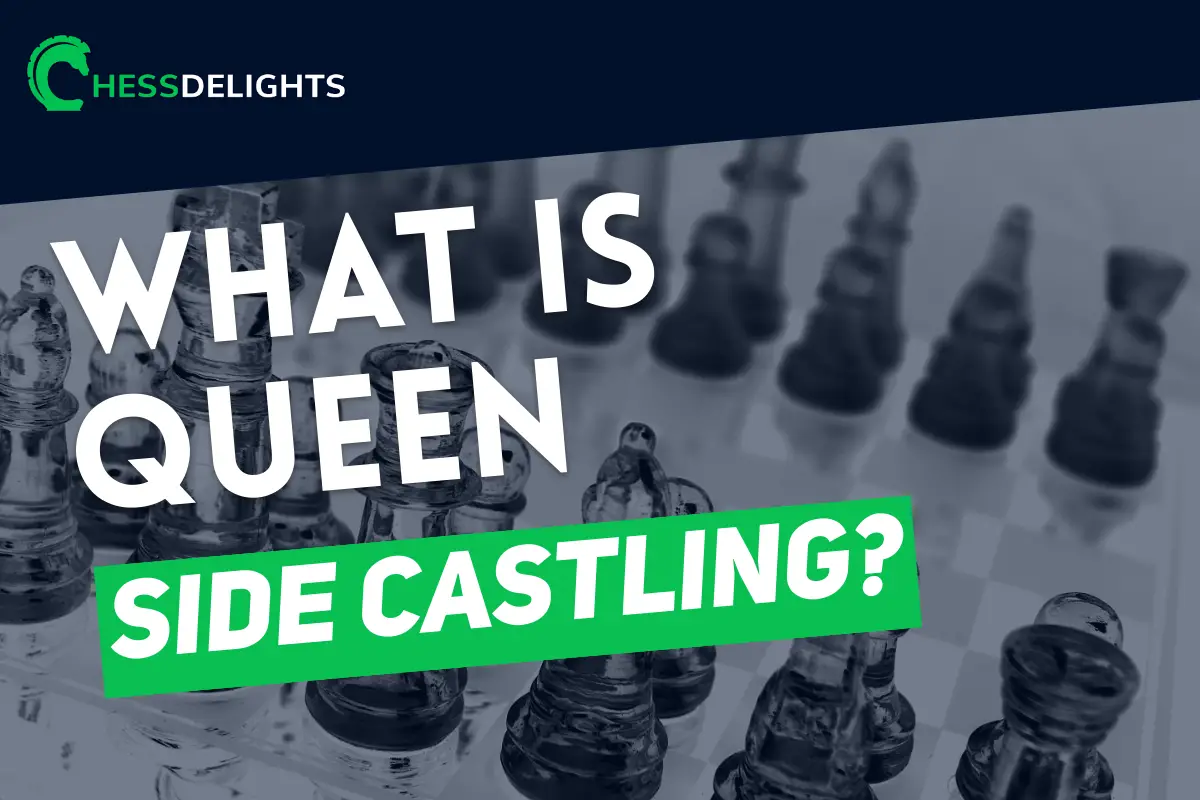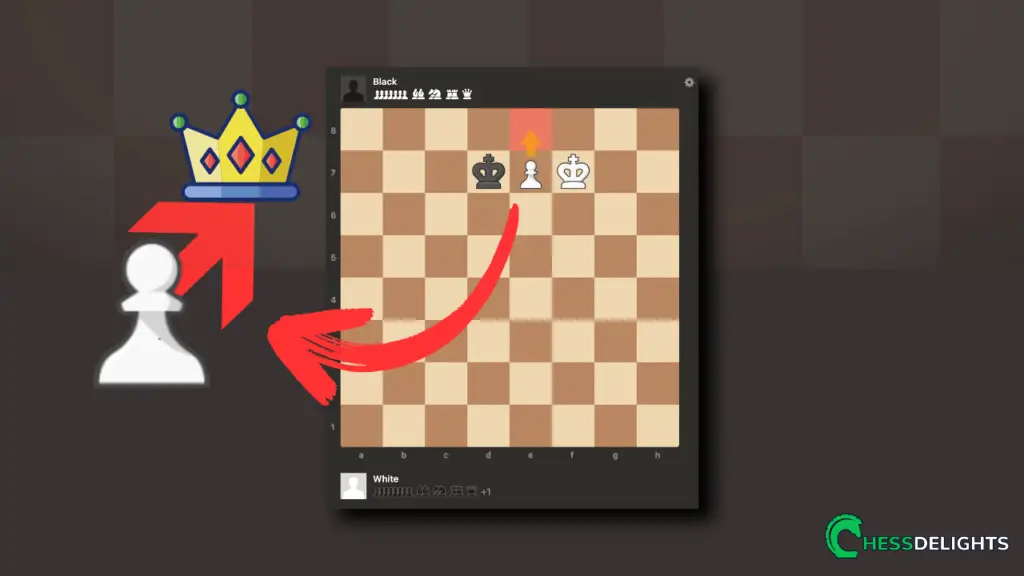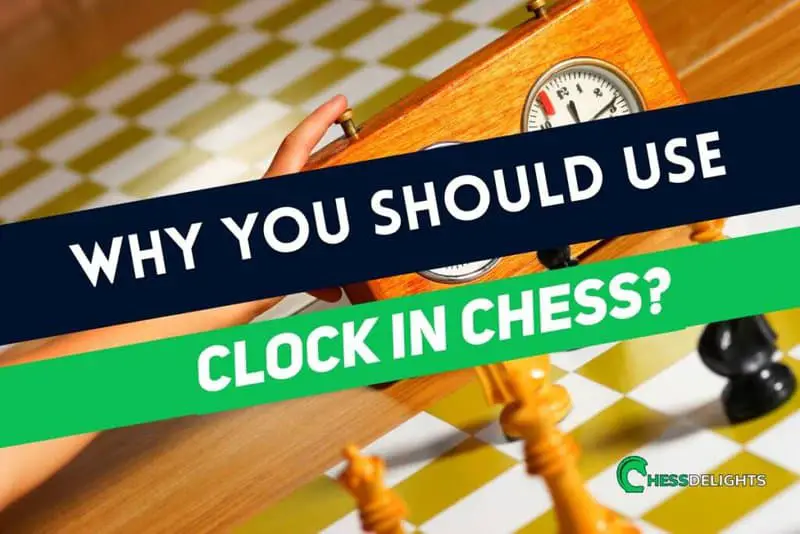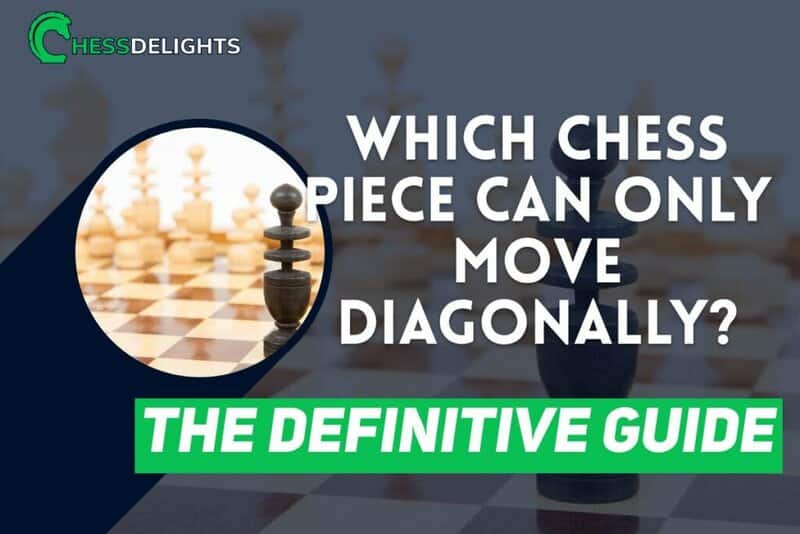As a long-time chess enthusiast, I have a deep understanding of the game, including the concept of castling queenside. I have utilized this move countless times in my own games and have seen it used to great effect in the games of other experienced players.
I know the ins and outs of castling queenside, from the requirements for it to be a legal move to the strategic advantages it can bring.
So, what is queen side castling? Castling queenside (also known as long castling) is a chess move that consists of moving the king two squares to the left towards the queenside and the rook to the square immediately adjacent to the king. For White, this involves moving the king to c1 and the rook to d1. For Black, this involves moving the king to c8 and the rook to d8. Castling queenside is a special move in the game of chess that allows the king and rook to switch positions, helping to protect the king and strengthen the position of the rook.
Also you should check out this article about best strategy in castling
Castling queenside is only allowed if the king and rook have not moved before and if the squares that the king must cross to reach the queenside are not under attack by the opponent's pieces.
The topic of castling queenside is an important one for any chess player to understand. By mastering this move, you can protect your king and strengthen your position in the game. In this article, we have only scratched the surface of this important move. There is still much to learn, such as when you should castle queenside, and how to use the king and rook together after castling and more…
How to properly perform queenside castling?
Castling Queenside in chess is a move that allows the King to move two squares towards the Queen's side of the board, and the Rook that is on the Queen's side of the board to move to the King's side of the board. This is done in one single move and is considered to be an important move during the opening stages of a chess game.
To perform a Queenside Castling, the following conditions must be met:
1. The King and the Rook must not have moved yet in the game.
2. The King cannot be in check.
3. There cannot be any pieces between the King and the Rook.
4. The King must not move through or end up in a square that is attacked by an opponent's piece.
Once all of these conditions have been met, the King can now moved two squares toward the Queen's side of the board, and the Rook is moved adjacent to King. This move is represented in chess notation by the three letter “O” which looks like this O-O-O.
Castling Queenside is an important move to consider during the opening stages of a game, as it helps the King to get to a safer position and develops the pieces on the Queen's side of the board.
Things you need to remember when castling on queenside
1. Make sure that the path of your king is clear of any pieces and that no pieces are in between the king and the rook you are castling with.
2. Make sure that your king has not already moved and that the rook you are castling with has not already moved.
3. Ensure that the king is not in check before castling.
4. Make sure that no spaces between the king and the rook are attacked by the opponent's pieces.
5. Make sure that the king does not move into check during or after castling queenside.
6. Make sure that the king does not end up in a square where it may be easily captured or threatened.
Strategies and tactics involved in queenside castling in chess
To successfully execute castling queenside, the chess player must use strategic and tactical thinking. The player must be aware of the pieces on the board, the positions they occupy, and the potential threats and opportunities they present.
Strategically, the player must think about how castling queenside can help them gain a better position. The player must plan out the move before executing it, taking into account how it will affect the board and their pieces.
Tactically, the player must be aware of the potential threats that their opponent's pieces pose. They must look for ways to create potential threats for their opponent, or to block their opponent's potential threats. They must also consider how to use their pieces to create defensive and offensive plans.
You should also read more about can you get out of check by castling here.
The player must always be aware of their own pieces and the potential threats they pose. They must think about how to use their pieces to create threats and gain a better position, and how to defend against their opponent.
By using strategic and tactical thinking, the chess player can successfully execute castling queenside and gain a better position on the board.
Is Kingside or Queenside castling better?
The answer to whether Kingside or Queenside castling is better depends on the position of the pieces and the strategy of the player.
Kingside castling is often more beneficial in the opening besides having the Rook moved closer to the center of the board but also because the Rook can be active a lot faster than the queenside castling move.
You may also be interested in learning more about king moves and castling here.
Wrapping Up
In this article we discuss the common mistakes to avoid and strategies and tactics for successful Queenside castling in chess. It emphasizes the need to ensure the path of the king is clear, that no pieces are in between the king and rook, that the king is not in check, and that the king does not end up in a square where it may be easily captured or threatened.
It also outlines the strategic and tactical considerations involved in executing the move, such as analyzing the board, considering the opponent's pieces, and creating defensive and offensive plans.
In the end, it is up to the player to decide which side is best to castle on depending on the position of the pieces and the strategy of the player.
I hope you learn new chess stuff in this article, don't forget to check out our chess resources for other chess related informations.







